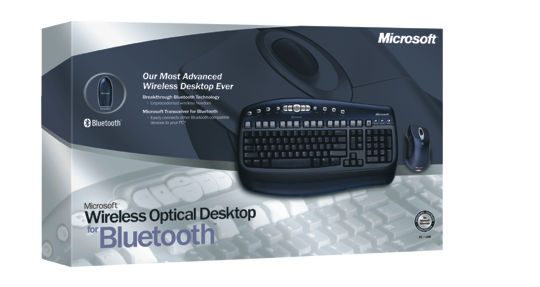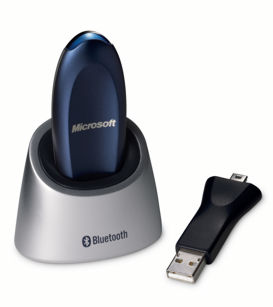
 |

|
| ActiveWin: Reviews | Active Network | New Reviews | Old Reviews | Interviews |Mailing List | Forums |
|
|
|
|
|
DirectX |
|
ActiveMac |
|
Downloads |
|
Forums |
|
Interviews |
|
News |
|
MS Games & Hardware |
|
Reviews |
|
Support Center |
|
Windows 2000 |
|
Windows Me |
|
Windows Server 2003 |
|
Windows Vista |
|
Windows XP |
|
|
|
|
|
|
|
News Centers |
|
Windows/Microsoft |
|
DVD |
|
Apple/Mac |
|
Xbox |
|
News Search |
|
|
|
|
|
|
|
ActiveXBox |
|
Xbox News |
|
Box Shots |
|
Inside The Xbox |
|
Released Titles |
|
Announced Titles |
|
Screenshots/Videos |
|
History Of The Xbox |
|
Links |
|
Forum |
|
FAQ |
|
|
|
|
|
|
|
Windows XP |
|
Introduction |
|
System Requirements |
|
Home Features |
|
Pro Features |
|
Upgrade Checklists |
|
History |
|
FAQ |
|
Links |
|
TopTechTips |
|
|
|
|
|
|
|
FAQ's |
|
Windows Vista |
|
Windows 98/98 SE |
|
Windows 2000 |
|
Windows Me |
|
Windows Server 2002 |
|
Windows "Whistler" XP |
|
Windows CE |
|
Internet Explorer 6 |
|
Internet Explorer 5 |
|
Xbox |
|
Xbox 360 |
|
DirectX |
|
DVD's |
|
|
|
|
|
|
|
TopTechTips |
|
Registry Tips |
|
Windows 95/98 |
|
Windows 2000 |
|
Internet Explorer 5 |
|
Program Tips |
|
Easter Eggs |
|
Hardware |
|
DVD |
|
|
|
|
|
|
|
ActiveDVD |
|
DVD News |
|
DVD Forum |
|
Glossary |
|
Tips |
|
Articles |
|
Reviews |
|
News Archive |
|
Links |
|
Drivers |
|
|
|
|
|
|
|
Latest Reviews |
|
Xbox/Games |
|
Fallout 3 |
|
|
|
Applications |
|
Windows Server 2008 R2 |
|
Windows 7 |
|
|
|
Hardware |
|
iPod Touch 32GB |
|
|
|
|
|
|
|
Latest Interviews |
|
Steve Ballmer |
|
Jim Allchin |
|
|
|
|
|
|
|
Site News/Info |
|
About This Site |
|
Affiliates |
|
Contact Us |
|
Default Home Page |
|
Link To Us |
|
Links |
|
News Archive |
|
Site Search |
|
Awards |
|
|
|
|
|
|
|
Credits |

|
Product: Wireless Optical Desktop for Bluetooth |
Bluetooth Technology
| Table Of Contents |
| 1:
Introduction 2: Design 3: Bluetooth Technology 4: Conclusion |
 Bluetooth
is the most advanced wireless technology today, which enables cable free
connections with Bluetooth compatible devices. Currently, there are 769
Bluetooth compatible devices on the market, including: printers, phones,
etc. With the Microsoft transceiver (or any transceiver) you can use a total
of seven Bluetooth devices at once without the need for an additional
transceiver. Therefore, you can use an additional 5 devices along with the
Microsoft Optical Desktop for Bluetooth. The Bluetooth standard only works
on Windows XP platforms or higher.
Bluetooth
is the most advanced wireless technology today, which enables cable free
connections with Bluetooth compatible devices. Currently, there are 769
Bluetooth compatible devices on the market, including: printers, phones,
etc. With the Microsoft transceiver (or any transceiver) you can use a total
of seven Bluetooth devices at once without the need for an additional
transceiver. Therefore, you can use an additional 5 devices along with the
Microsoft Optical Desktop for Bluetooth. The Bluetooth standard only works
on Windows XP platforms or higher.
On my machine the Wireless IntelliMouse Explorer for Bluetooth did not skip or seem to hesitate as compared to a wired mouse. I took both the mouse and the keyboard completely across the room and both worked just fine – the only problem was I couldn’t see the monitor to well! The technology works up to 30 feet / 9.1 meters from the transceiver. The technology from the non-Bluetooth wireless products only extended to 6 feet! A technical aspect:
“Unlike many other wireless standards, the Bluetooth wireless specification includes both link layer and application layer definitions for product developers which supports data, voice and content-centric applications. Radios that comply with the Bluetooth wireless specification operate in the unlicensed, 2.4 GHz radio spectrum ensuring communication compatibility worldwide. These radios use a spread spectrum, frequency hopping, full-duplex signal at up to 1600 hops/sec. The signal hops among 79 frequencies at 1 MHz intervals to give a high degree of interference immunity. Up to seven simultaneous connections can established and maintained.” Bluetooth, http://www.bluetooth.com

| « Design | Conclusion » |
